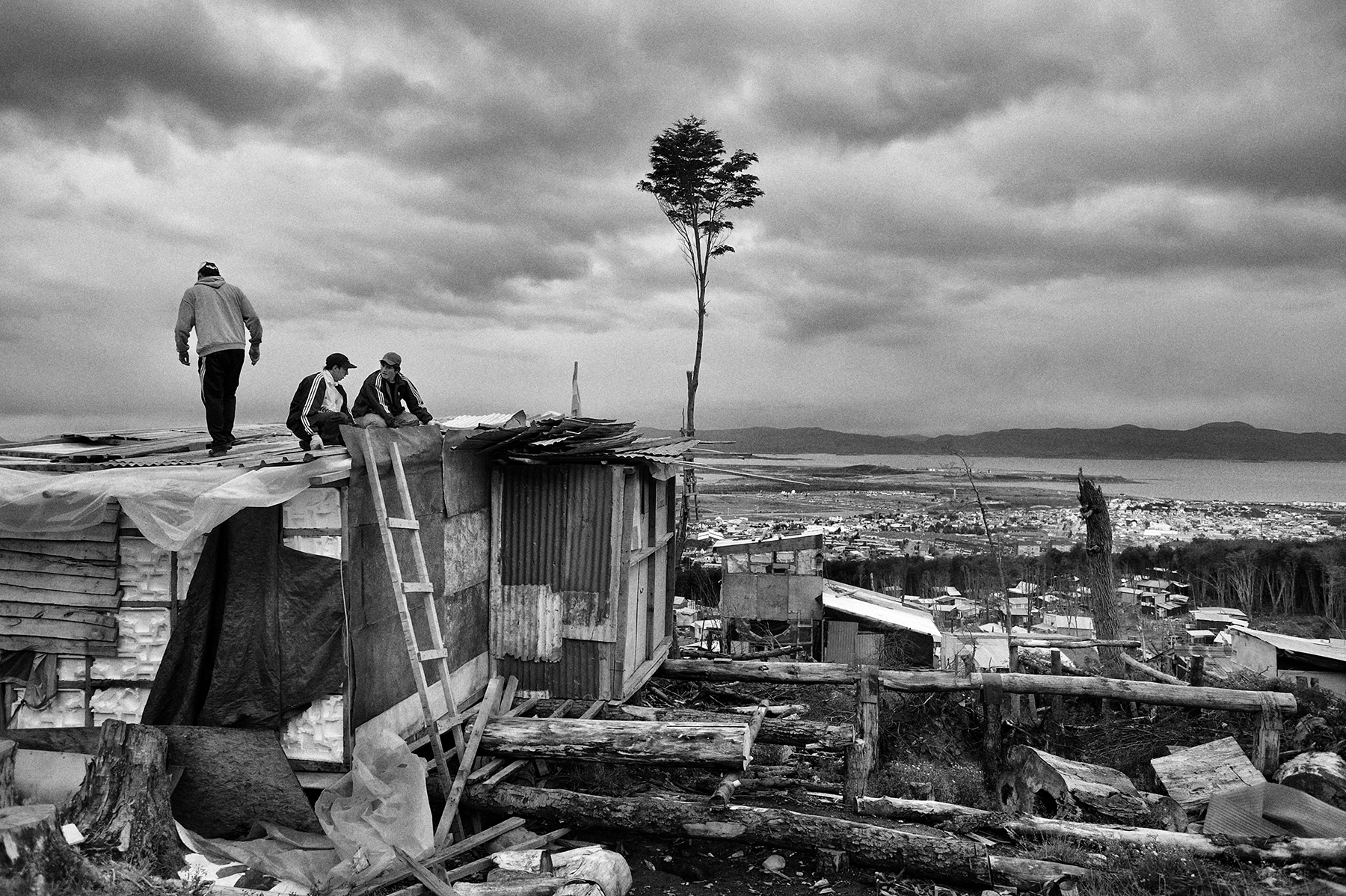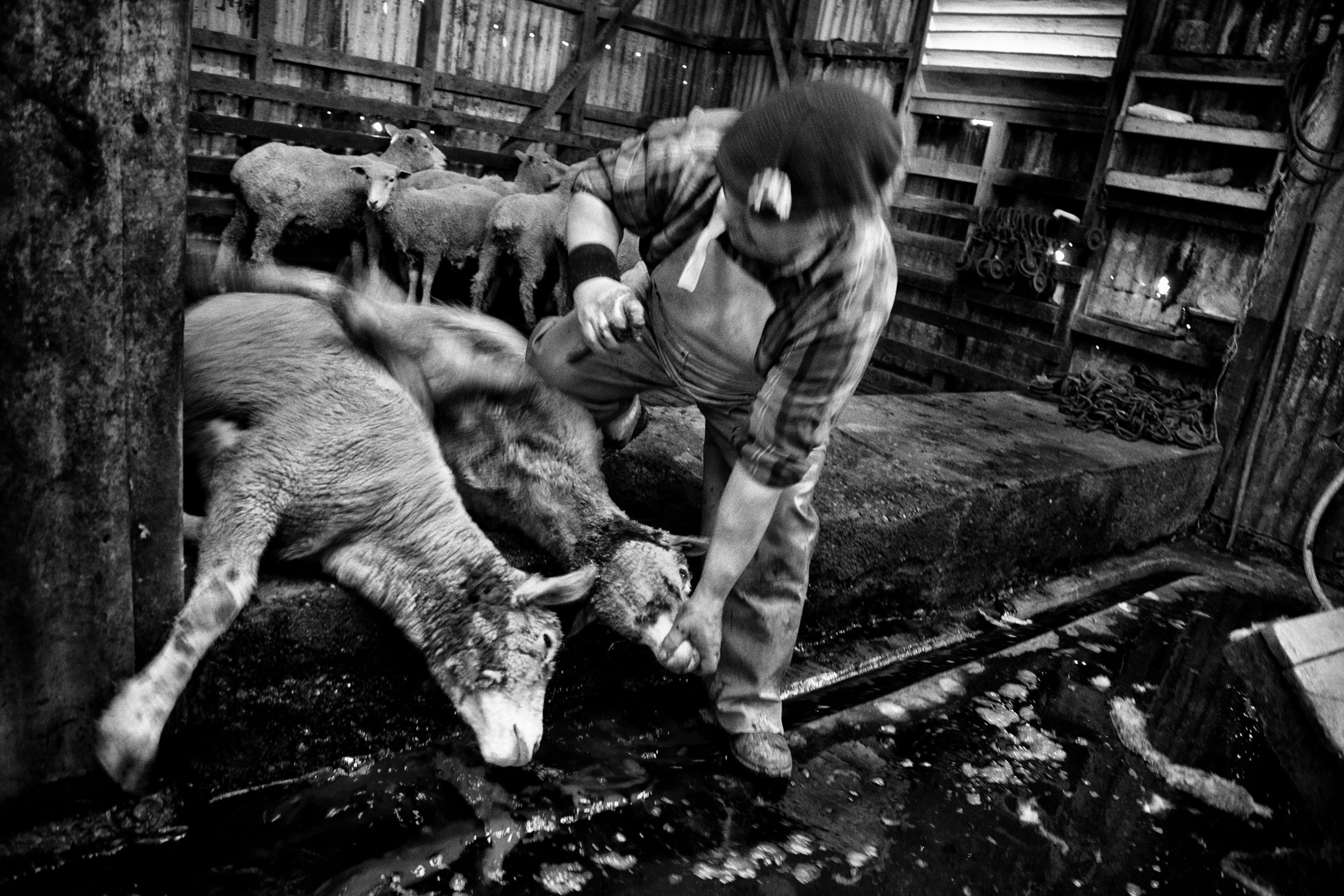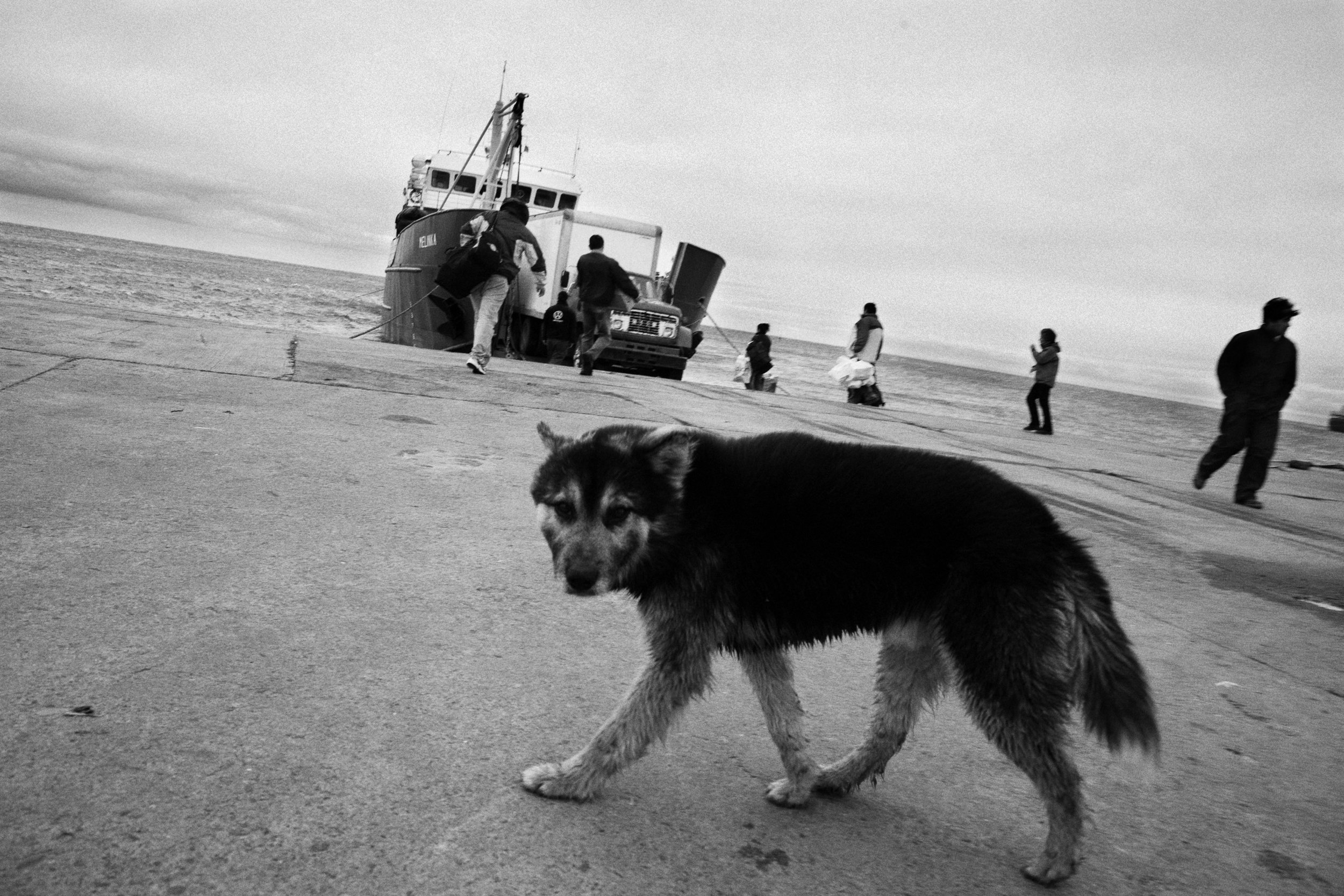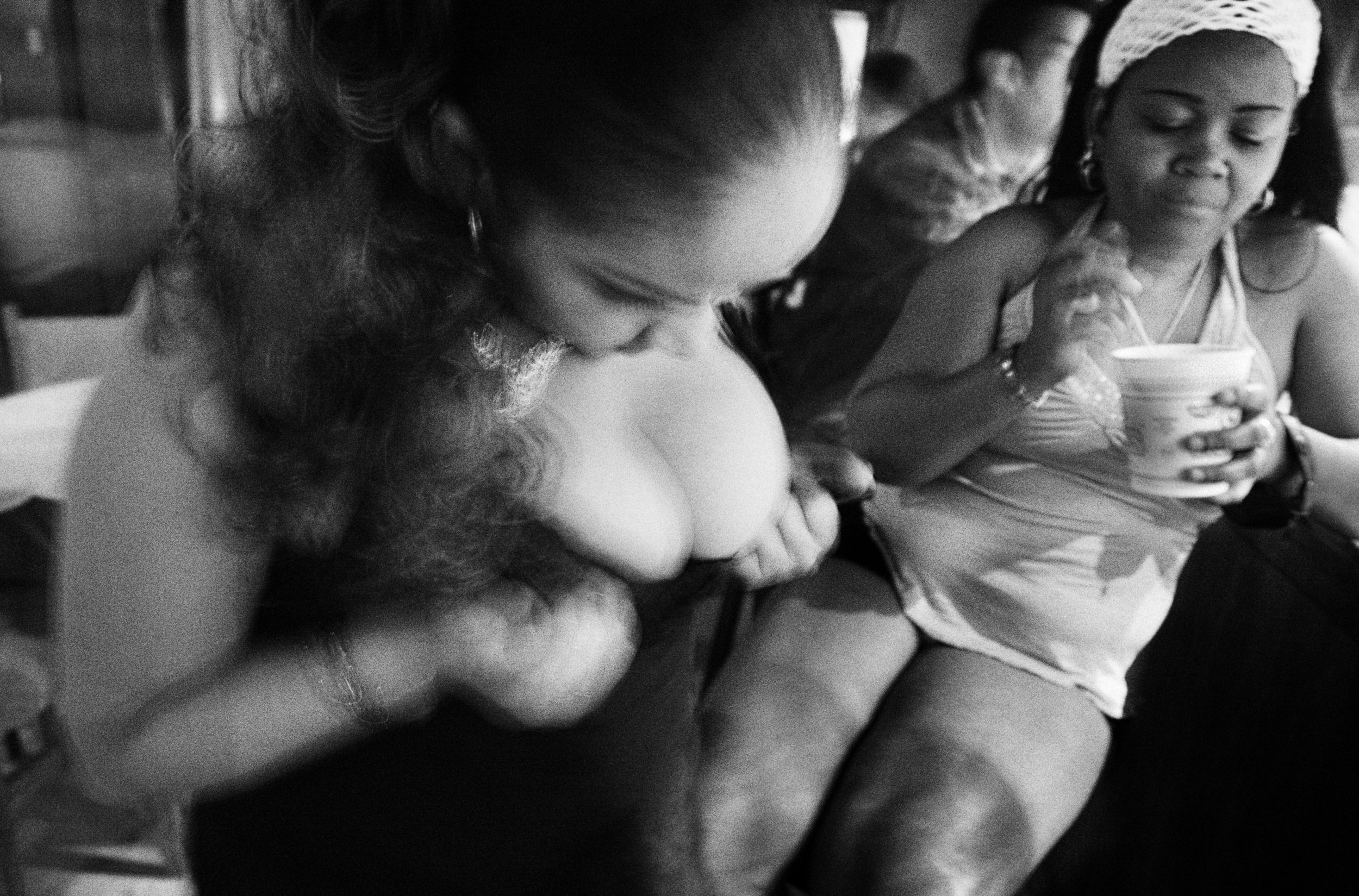ARGENTINA
Ushuaia — Tierra del Fuego
Between 2006 and 2012, Ushuaia has almost doubled in population, from 50,000 to 100,000.
Bolivians, Ecuadorians, Brazilians and many others came to the booming city. They live up the mountains overlooking Ushuaia.
The mountains above Ushuaia carry hundreds of houses. They are the homes of tens of thousands of immigrants working in this Argentine city, a city booming; anchor place for many cruise ships and a tax free zone. Ushuaia advertises to be the most southern city, which is not true; Puerto Williams and Puerto Toro in Chile are more south.
The island Navarino or Tierra del Fuego also attracts labor migrants. Its wind-swept grasslands are perfect for sheep and cattle ranching. Nowadays most inhabitants in this region are people from the north. They work as gold diggers or as seasonal labourers in the wool industry, which has become a vital part of the Chilean economy. During the shearing season they travel from one estancia to another to shear sheep.
The arrival of immigrants had dramatic consequences for the native population in this region, like the Yaman, the Ona and the Alacaluts, who inhabited these areas for thousands of years.
Most of them were killed by the settlers, starved to death or expelled from land which now belongs to multinational companies like Benetton. Only a few communities survived. The presence of mainly male labourers led to the existence of brothels. Women come from Colombia and the Dominican Republic, resisting the harsh climate to make some money.








